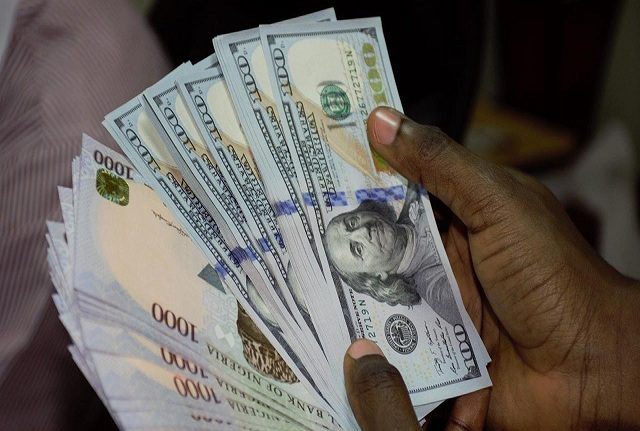Nigeria’s foreign exchange (FX) reserves experienced a decline for the fourth consecutive week, as the gross reserves level fell by USD122.95 million week-on-week to USD36.32 billion as of August 29, 2024.
This persistent erosion of FX reserves has contributed to a 1.8% depreciation of the naira, which weakened to NGN1,598.56/USD at the Nigerian Autonomous Foreign Exchange Market (NAFEM).
The depreciation comes amidst declining market turnover, with total trades at the NAFEM dropping by 28.3% week-to-date to USD608.43 million. Transactions were executed within a wide band of NGN1,499.00/USD to NGN1,615.00/USD, reflecting the volatility in the exchange rate.
In the forwards market, the naira exhibited mixed performance across various contract tenors. The 1-month forward contract saw a slight depreciation of 0.1% to NGN1,624.90/USD.
However, the currency appreciated across the 3-month (+0.7% to NGN1,670.42/USD), 6-month (+1.8% to NGN1,750.35/USD), and 1-year (+3.6% to NGN1,904.16/USD) contracts, indicating a more positive outlook for the naira in the medium to long term.
The continued pressure on the naira can be attributed to the limited supply of foreign exchange, driven by minimal intervention from the Central Bank of Nigeria (CBN) and weak participation from foreign portfolio investors (FPIs). The constrained FX supply has heightened concerns over the stability of the naira, particularly in the face of ongoing economic challenges.
However, there is cautious optimism that the successful completion of Nigeria’s domestic US Dollar Bond issuance, worth USD500 million and set to close today, could provide a temporary boost to the country’s FX reserves. This influx of capital may enable the CBN to intervene more effectively in the forex market, potentially stabilizing the naira in the short term.
As Nigeria continues to navigate these complex currency dynamics, the focus remains on the effectiveness of CBN’s interventions and broader efforts to attract foreign investment. The outcome of these strategies will be crucial in determining the future trajectory of the naira and the overall health of Nigeria’s economy.















